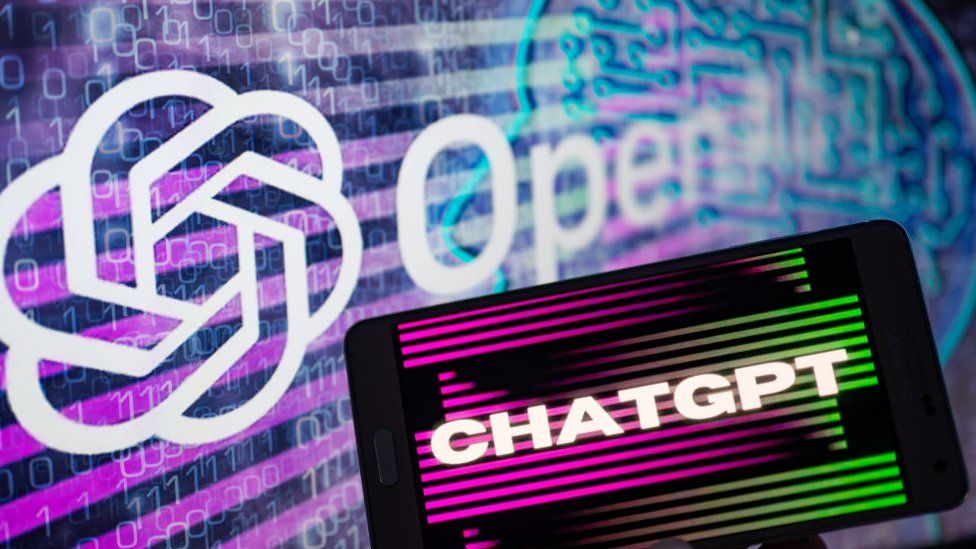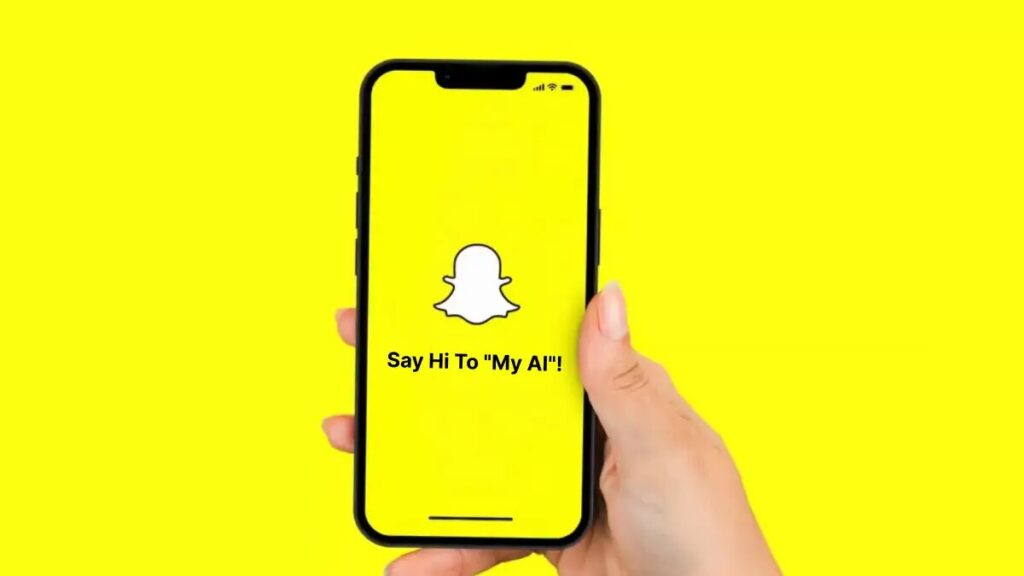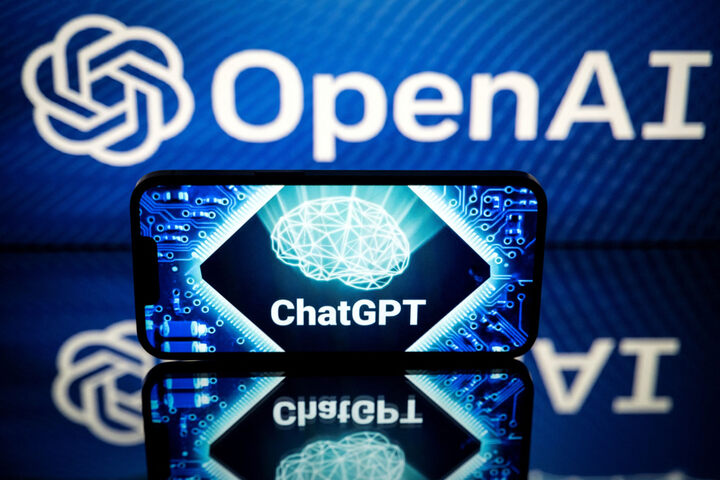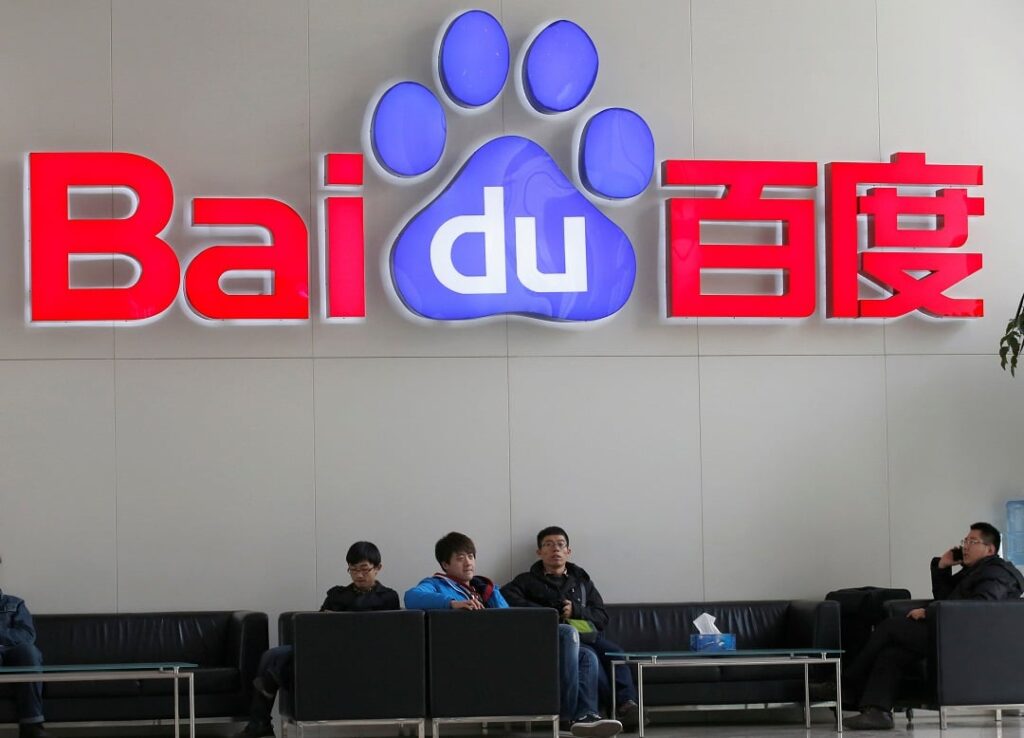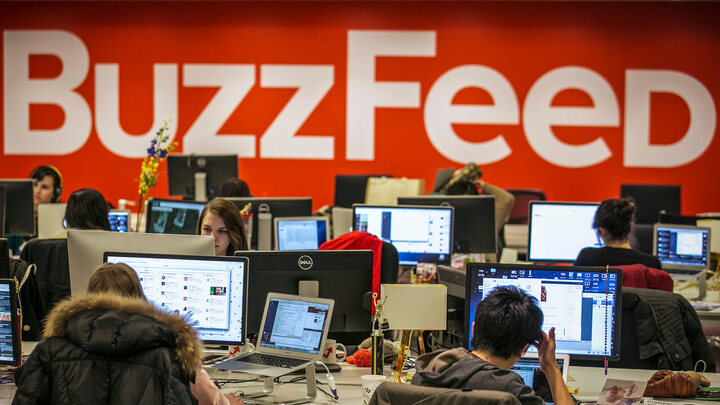What is Auto-GPT and why does it matter?
Silicon Valley’s never-ending ambition to automate everything explains its most recent obsession: Auto-GPT. In essence, Auto-GPT interacts with services and software online using the adaptability of OpenAI’s most recent AI models.
The recently trending open-source application Auto-GPT was developed by game developer Toran Bruce Richards and employs OpenAI’s text-generating models, primarily GPT-3.5 and GPT-4, to function “autonomously.” In order to finish a task, Auto-GPT merely handles follow-up questions to an initial prompt from OpenAI’s models.
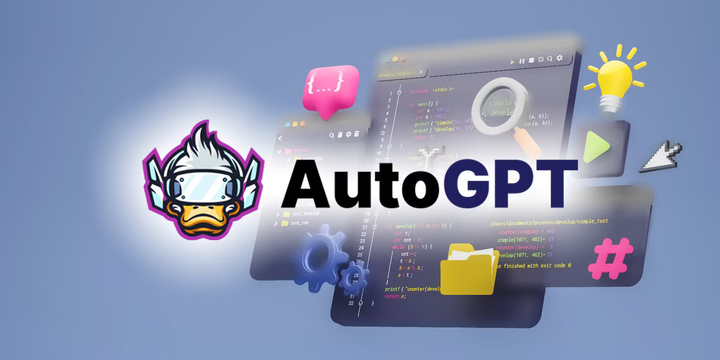
The primary idea behind Auto-GPT is that it pairs GPT-3.5 and GPT-4 with an assistant bot that gives them instructions. When a user specifies a goal to Auto-GPT, the bot uses GPT-3.5 and GPT-4 as well as a number of other programs to carry out all necessary steps to fulfill the goal.
Also Read: What Is ChaosGPT: Can The AI Bot Destroy Humanity?
Being able to communicate with both local and online applications, programs, and services like web browsers and word processors, gives Auto-GPT a degree of adaptability. For instance, when given a command like “help me grow my flower business,” Auto-GPT can create a basic website and come up with a relatively believable marketing plan.
Auto-GPT is an automated process for training large language models such as GPT (Generative Pre-trained Transformer). It involves using a combination of reinforcement learning and evolutionary algorithms to optimize the model’s parameters, architecture, and hyperparameters.
The Auto-GPT process is important because it can significantly improve the performance of language models by automatically discovering and optimizing the optimal combination of model configurations.
This can result in more accurate and effective natural language processing, machine translation, and text generation.
Moreover, with the ever-increasing demand for more powerful language models, Auto-GPT can help to automate the process of designing and training models, thus reducing the time and cost associated with model development. Additionally, this can make language models more accessible to a wider range of users who may not have the technical expertise to design and train their models.
Although Auto-GPT is freely accessible on GitHub, it does take some setup and technical knowledge to use. Installing Auto-GPT in a development platform like Docker and registering it with an OpenAI API key, which necessitates a paid OpenAI account, are prerequisites for using it.
Also Read: How Will ChatGPT Change Education and Teaching?
Early adopters have been using this to do the kinds of repetitive activities that are best left to a bot. For instance, it can handle basic tasks like email writing and code debugging as well as more complex ones like developing a business strategy for a start-up.
Recently, new apps have appeared to make it even simpler to use. Examples include AgentGPT and GodMode, which offer a straightforward user interface and allow users to enter their goals directly on a browser page. Keep in mind that both, like Agent-GPT, need an OpenAI API key to be fully functional.

I am a law graduate from NLU Lucknow. I have a flair for creative writing and hence in my free time work as a freelance content writer.
